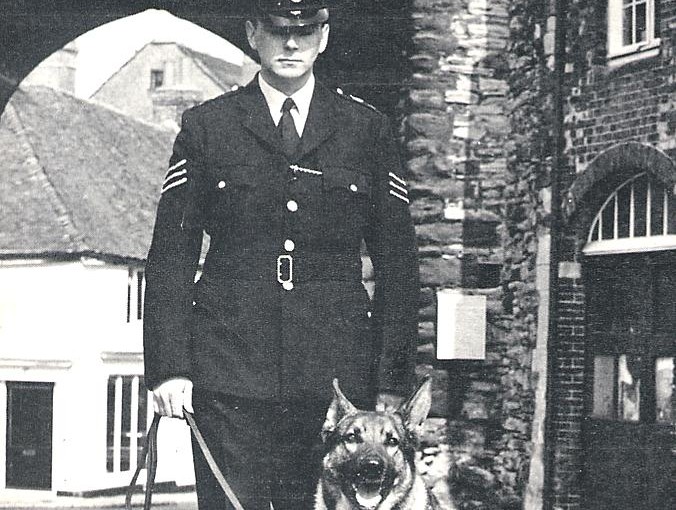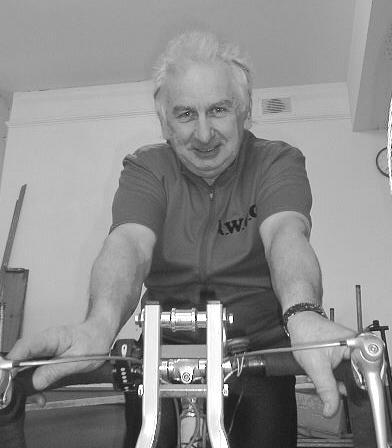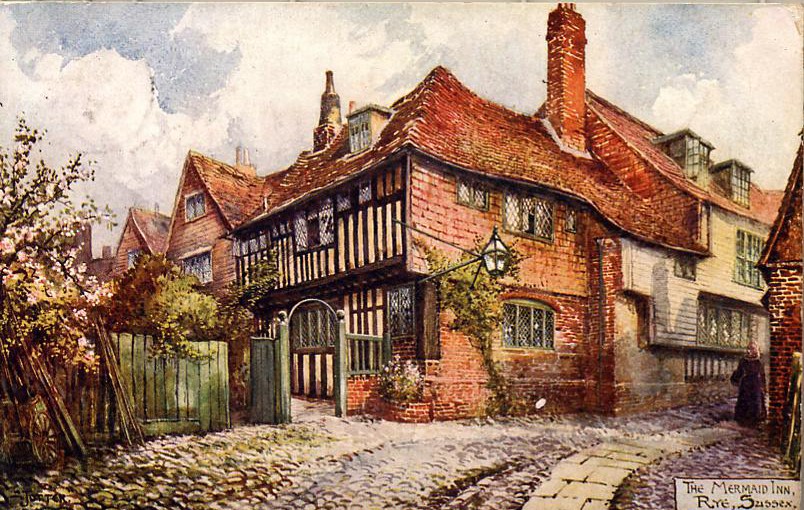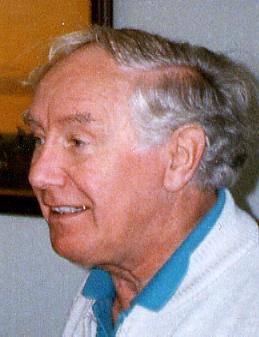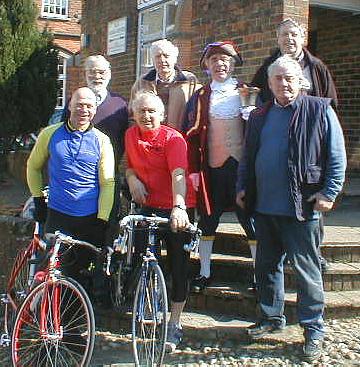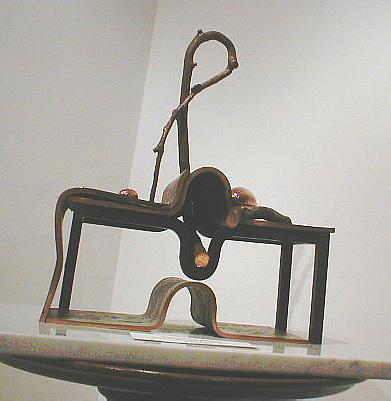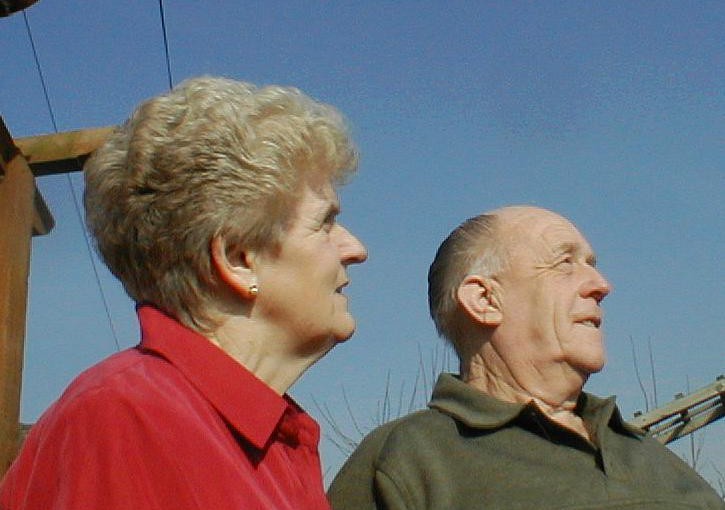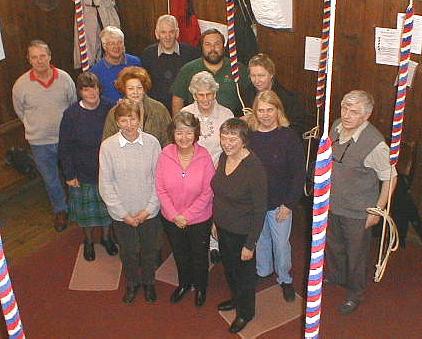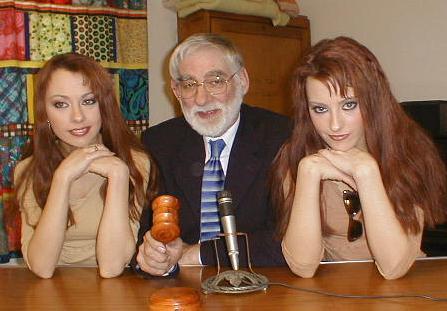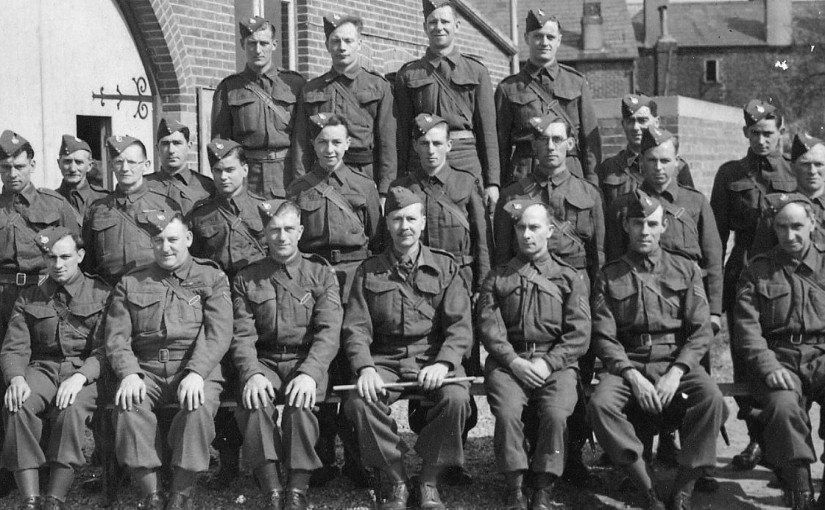Rother Police District Commander, Chief Inspector Bruce Mathews, told a 150 strong meeting at Rye Community Centre that “visibility, accessibility and familiarity” are the new watchwords for the police. Continue reading Visibility,Accessibility And Familiarity
Author: Jim Hollands
Wheeling In The Money
Town Crier Starts Indoor Cycle Marathon
Town Crier, Rex Swain set the wheels in motion at Rye Community Centre at 12 noon on 15 March when he ‘belled off’, Gary Booth for the first hour stint in a 24 hour marathon event to raise money for the Club to help Kenyan member Richard Mwangi with his Further Education. Continue reading Wheeling In The Money
Pictures from the Frank Palmer Collection
The works Of ‘Jotter.
Walter Heyward Young used the pseudonym ‘Jotter’ when signing his postcard paintings. Continue reading Pictures from the Frank Palmer Collection
Sad Loss of Popular Rye Teacher
By John Breeds
I am sad to report the death of Stan Jones, a caring and totally dedicated Rye teacher for almost half a century.
Stan was appointed to the staff of Rye Grammer School in 1953 to teach mathematics and games. He continued to teach at Thomas Peacocke School where he became Head of Maths and at the Community College, becoming Senior Deputy Head before his retirement in 1988. After this he continued to work as a supply teacher, so giving almost four decades of service to the school. Continue reading Sad Loss of Popular Rye Teacher
English Meat Only
English meat only reads the sign on the side of Neeves the Butcher’s van. Bert Neeves is seen here giving the Caister family’s dog Joe a bone on his regular delivery trip to Rye Harbour before WW2 Continue reading English Meat Only
Double Exhibition at Rolfe Gallery
The Rolfe Gallery put on an exhibition of the works of prominent North Country artist Donald Taylor and sculptor Trevor Crabtree during April.
The Rye Gallery is fast gaining a reputation for attracting successful, quality artists to its High Street studio. Continue reading Double Exhibition at Rolfe Gallery
Golden Wedding Day Of Surprises
On the 28 March Mike and Betty Paine of South Undercliffe celebrated 50 years of marriage but the real party took place two days later when the family pulled many surprises out of the bag. Unfortunately this event took place after “Rye’s Own” had gone to press but we were let into the secret and can report that, all being well, the day of surprises started when their son Trevor, who lives in Canada and was not expected in England again untill next year, arrived for the celebrations. Continue reading Golden Wedding Day Of Surprises
The Bells of St. Marys
Rye Mayor and Mayoress meet Mr. Speaker
The Mayor and Mayoress of Rye met Mr. Speaker, on a recent visit to the Houses of Parliament
FAIR TRADE FORTNIGHT.
by Ann Hamilton Would you like to be sure that the producers of raw materials and products from the developing world receive a fair wage for their labour, a fair price for their products and have reasonable working conditions-including permission to join Trade Unions? Continue reading The Bells of St. Marys
Cheeky Girls at Rye Harbour
Rye’s Own glamourous pop stars the ‘Cheeky Girls’ were at Rye Harbour on Saturday 22 March to support efforts to raise money for the Youth Club.
Monica and Gabriela had been rushed by their father Ray from Hartlepool to get to the village in time for the Auction of Promises. They kept their promise to attend despite their plans being altered by the start of the Iraq War. They were expecting to return from Germany well in time for the auction but the trip was postponed and they appeared in the North of England instead, making the journey back to Rye Harbour a race against the clock. Continue reading Cheeky Girls at Rye Harbour
Rye At War
Clifford Bloomfield’s recolections of Rye at War reprinted from Jo’ Kirkham’s Rye Memories Series.
Tanks in Rye
1940 Fair Meadow, Rye Hill, at that time was like open parkland and a good number of mature oak trees were spread over it. I recall seeing, when on our Sunday afternoon walks, a tented army camp with vehicles and tanks standing under the trees.
Late 1941 A large number, probably about 20, Waltzing Matilda medium tanks arrived at Rye Station by train. I watched them being unloaded into the Station Approach. Once they were all assembled, they moved off. I think the whole town turned out to see them. They went along Cinque Ports Street, Tower Street, Landgate and then turned into Bridge Place to cross the railway line across sleepers, as the bridge could not take their weight. They continued up Rye Hill and that was the last I saw of them.
Members of the Rye Home Guard pictured outside the Drill Hall, S. Tiltman ,C. Ades ,W. Gibbs ,D. Sewett ,E. L. Clark, E. Standen ,W. Willoughby, A. Bartholomew ,F. Sinden ,D. Reed., R. Weeks, H. Booth ,H. Cloute ,E. Robbins, B. Cutting ,L. Giles, R. Donovan ,H. Elliot ,R. Wybu
1943 Convoys of military vehicles passing through were almost a daily occurrence, but this time they were accompanied by a large number of heavy Churchill tanks. They too passed through Cinque Ports Street, Tower Street, and Landgate, but at Deacon’s Corner, they turned into Bedford Place, These ungainly vehicles were rather unpredictable when rounding the bend on the tarmac road. A number of them clipped the concrete kerbs along the frontage of the Bedford Arms. The evidence is still there. One of these tanks probably broke down soon after leaving Rye in the A259, for within a couple of days, a tank transporter, with tank, returned, retracing the original route of the tanks. But, when it was time to turn from Landgate into Tower Street, the driver changed his mind and tried to take it through it through the Landgate Tower, where it became lodged. It was freed by letting the air out of the transporter’s tyres. The tanks name was “Sawdust”.
1943 – 44 Frequent convoys were accompanied by tanks and armoured cars, generally, at this time, American Stewart’s and Sherman’s. Bombing Of the Radar Station August 12 The 1940 – On this morning, I had just crossed Monkbretton Bridge on my way home, when, looking down the long straight of New Road, two aircraft were flying very low towards me. As they came to the houses, they lifted and banked away to sea. They were a couple of Messerschimdt M.E.110s. It was about 10 o’ clock. During the afternoon I was in our back garden when I heard distant explosions. Climbing onto and standing on the rear fence, I could see smoke rising from the Radar Station and aircraft weaving about the sky.
We awaited the return of the RAF men at tea time, when they arrived with stories of the action. The black smoke was caused by bombs bursting in the vehicle park. We were led to believe that there was no other serious damage – a comment I remember was that the height of the pylons and their mass of aerials had prevented the diving planes getting near their target. It has been said by various locals that the aircraft were Junkers 87 Stuka Dive bombers, but this was not so. The aircraft that appeared briefly in the morning were on reconnaissance and were the same type of aircraft as in the afternoon raid. This raid on the Brookland Radar Station was the only one made on the station during the War. The RAF personnel were transferred soon after to their newly constructed camp at Brookland – the present Phillipine Village.
First Experience Of the Battle of Britain
As I remember the beginning of the Battle of Britain, and it must have been soon after the Radar Station was bombed. we wee all sitting at tea when the steady sound of aircraft could be heard. We quickly went outside to watch, very high in the sky, little silver aircraft, some making vapour trails. There were dozens of them, all in formation, flying inland. We were very curious about the “unknown” vapour trails – it was the first time we had seen the phenomenon.
Rye’s First Bombs August 18th 1940 It was on a Sunday lunchtime that bombs were dropped on Rye for the first time. German bombers were returning back from a raid, and, as I watched them from the entrance of the garden shelter, they flew low over the town. I did not see the bombs drop, but the line of the stick can easily be traced today – if one starts at Godfrey’s Row (now the Council’s lock up garages.) then to the Mint – 2 bombs exploded front and back on the open site adjacent to No 47 which had been a swelling and also the Police Inspector’s office at one time. Francis Sinden and his family were bombed out there. The next hit was across the road to the rear and side of Faraday House; then No 2 Mermaid Street and finally the Garden Room of Lamb House which was demolished. Other bombs, dropped this day, landed in the area of the Old Brickyard and Udimore Road. People killed on this day were Mr. G.Bumstead, Mr J.H- .Bumstead and MR N.C.Firrell.
Finally the pressure of this daily activity broke our resolve to use our shelter and we joined the few remaining residents of our part of the town by going direct into the Senior School surface shelters when we heard the siren. In our case, it only required a climb over the garden fence. Personally I disliked these shelters – being herded together in the dark. There was no mains electricity but a large battery type lamp at one end. People were talking constantly – it somehow revived the spirit of hop picking, families bringing their food and drink, some with bedding etc. but I always wanted to watch the events going on outside.
A Day During The Battle of Britain
On this eventful day – September 11th 1940 in the afternoon, we were once again sheltering in the school surface shelter, when rifle fire was heard outside, above the roar of aircraft. Some of the older man opened the door, and I ignoring my mother, just had to see for myself. There, coming very low over the school and the shelter, was a Heinkel III German bomber. It was gliding with spluttering engines, going in the direction of Camber. This was one of a number of such aircraft that the soldiers in the school playing field, had been and were firing at, that afternoon. These men of the Irish Fusiliers were extremely excited!
Since writing this item, I have received a snapshot taken on that very day (with a box camera), by a soldier serving on a field gun battery at Gorse Cottage near the Golf Links. He took it, standing at the bedroom window looking East, (Note the Camber Tram Line!) It shows two German aircraft burning on the ground. Using features and angles, I believe the left hand fire to be the Heinkel III described above, as it crash landed south east of Moneypenny House, in an area known as Sisley Land. I recall there was a pause as it went from view and then a great pall of black smoke rose from the site.
The right hand fire is of a second Heinkell III which crashed and burned out at Chittenden Cottage, an isolated farm dwelling NE of Camber. 13 miles away to the NE at Burwash a third Heiknell crashed and burned. Two Hawker Hurricane fighters also came down, one burned at New Romney and a second at Scotney House, midway between Jury’s Gap and Lydd. All these aircraft crashed between 4 and 4:30pm on a bright clear afternoon.
After the “All Clear”, we climbed back over the school fence into our garden and into the house for tea. During these later weeks of the Battle of Britain, the RAF men had left us to live their new camp at Brookland.
Our latest lodger was an Army Intelligence Corps Officer. He used a military motor cycle, which was not only useful for daily personal transport, but it proved its worth when crossing fields to crashed German aircraft. His duties, I understand, were to interrogate German prisoners of war. During the evening of this day (September 15th) he told us that he had ridden out across the fields to the bomber, we had seen crashing in the afternoon. In fact it had pancaked intact, but as he approached, he saw the crew setting it on fire.
Rye’s Own April 2003
All articles, photographs and drawings on this web site are World Copyright Protected. No reproduction for publication without prior arrangement. © World Copyright 2017 Cinque Ports Magazines Rye Ltd., Guinea Hall Lodge Sellindge TN25 6EG
